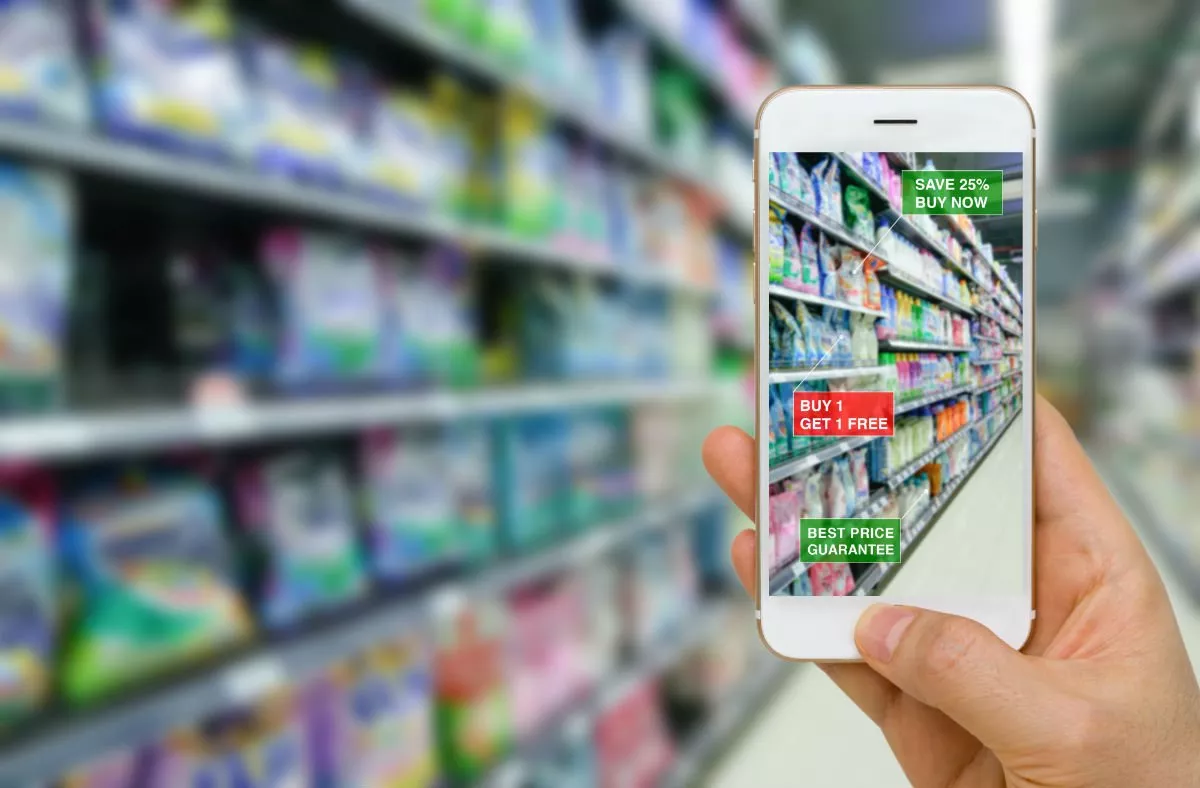Like many other sectors, the retail industry has been increasingly integrating technology into the operation. AI, e-commerce, or process digitalization are all examples of a major digital revolution that retailers are going through over the past decades.
With the emergence of the COVID-19 pandemics, this transformation is becoming even quicker. And the Internet of Things or IoT is one of these key technologies. So what are the advantages and how they can help? Keep reading this article to find out the answer.
1. Personalized Discounts
Returning customers play a key role in the success of the retail industry. Therefore, it is important to reward them to retain the loyalty. IoT makes this easier.
Businesses may install sensors in the store, which automatically send discounts to specific customers when they are around the items. Of course, they should sign up for this program in advance.
In addition, IoT can help track products that customers have been searching online and send them personalized discounts when they are in-store.
Instead of offering general programs on a wide range of items, retailers can tailor every discount to boost the conversion rates. In the long run, this can help retain loyal customers and attract more potential ones.
2. Optimizing Supply Chain Management
Retail stores may track products and items without IoT. However, the information is quite limited. With the help of GPS and RFID sensors, they can collect more accurate data, such as transit time or stored temperature.
Combining with a supply chain management solution like JDE managed services, you can make use of that data to optimize the quality of transportation. Better yet, it is possible to respond in real-time when products are being stored at too high or too low temperatures, thus preventing a significant loss.
It is estimated that companies applying IoT applications has seen many benefits, especially an increase in revenues. For a retailer with a long list of vendors, truck drivers, or suppliers dealing with products, it is important to precisely keep track of how the products are being transported and stored.
The data subsequently allows for an efficiently running process.
3. Automated Checkout
For many customers, long lines in the supermarket may deter them from shopping. But not all retailers are willing to hire more employees to work in busy times as it may reduce their profits. IoT can be a solution.
The technology allows businesses to set up a special system that can read tags on every product when a customer finishes shopping and leaves the store. Another checkout system may then count the products and automatically subtract that expense from the customer’s payment app.
By doing this, customers obviously become happier because they do not have to wait too long, especially for those who are busy. More importantly, retailers can save cash by cutting the number of staff.
4. Layout Optimization
Many retail spaces are not optimized for their customers’ behavior. For instance, more popular items are displayed on the back or customers may want to have more space between each shelf. With infrared sensors and aisle-analytics software, IoT technology can help optimize your in-store layout.
You probably find most of the customers often check out your game devices, but those products are displayed on the back of the shop, right behind rarely-touched TVs. This information enables you to know more about important behaviors of the customers, thus making a better decision.
5. Robot Employees
It can be a bit frightening to put your trust in robots, especially when it comes to customer services. However, it is a great opportunity as well to reduce repetitive tasks that burden your staff. Some robot employees are able to support customers in finding products and providing information on inventory and promotions.
Others can go around the store and find out whether any products are out of stock or misplaced. By taking over these simple inventory tasks, robots help free up human employees so that they can focus on more complicated customer assistance.
6. Smart Shelves
A lot of employees’ time and energy is spent on keeping track of products to make sure they are not out of stock or displaced on different shelves. Businesses can now use IoT to automate these tasks and detect possible theft.
Smart shelves are equipped with RFID tags and readers as well as weight sensors to scan the items on both stock and display shelves. They will inform when products are incorrectly displayed or running low. This allows for a more precise and cost-effective inventory process.






